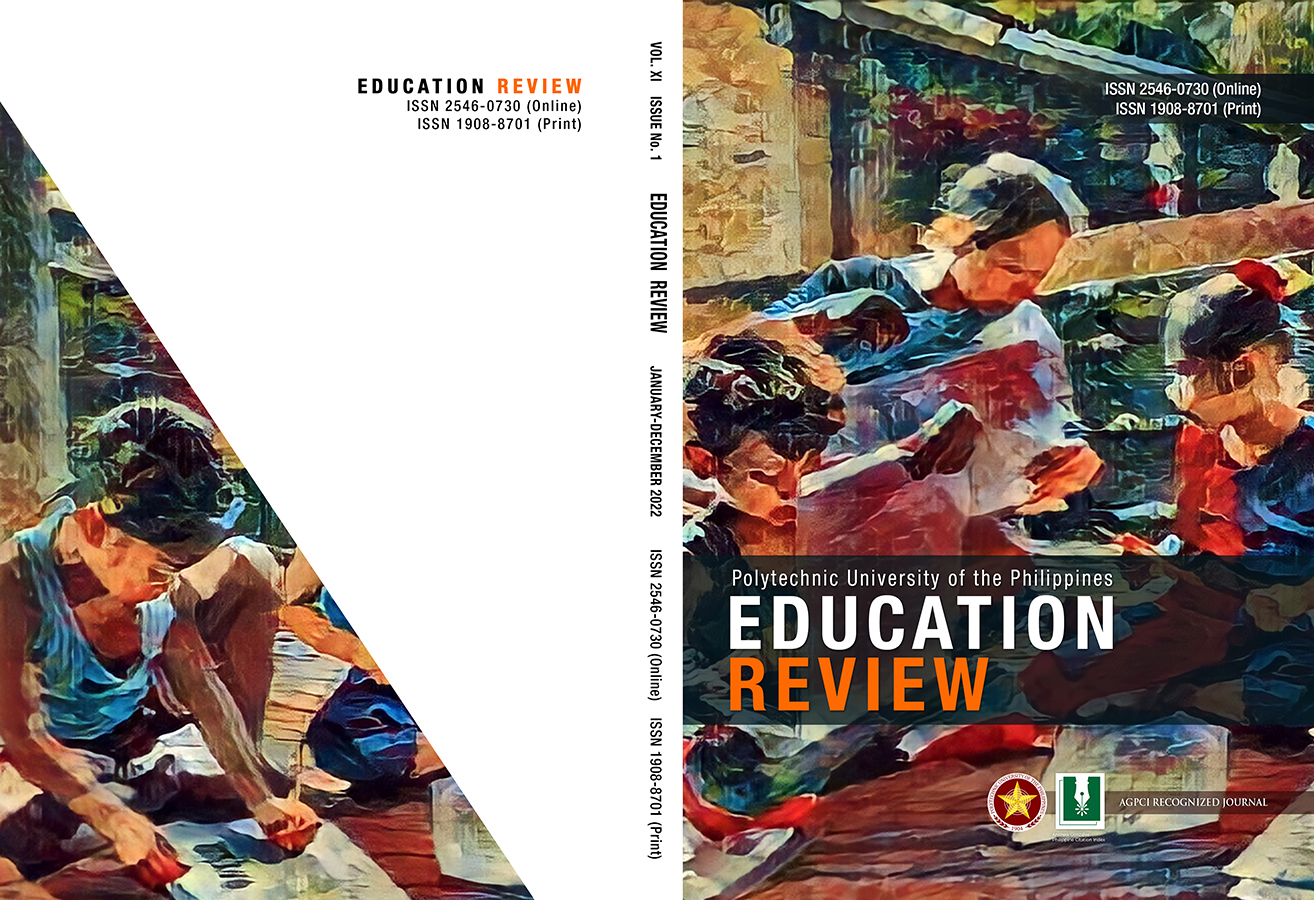Pagdidiskurso sa Nihonjinron at Kokusaika sa Pagkatutong Pangalawa at/o Pangatlong Wika ng mga Mag-aaral na Hapon: Kaso ng Ingles at Filipino
DOI:
https://doi.org/10.70922/s5pk8v38Keywords:
Filipino language, Kokusaika, Nihonjinron, Language Planning, Second Language LearningAbstract
Japan is known for its culture as a nationalistic country with tremendous love for their language and culture that is being imposed to its people, also known as ‘Nihonjinron’ or ‘Japaneseness’. In education, they also learn foreign language like English, Mandarin, Spanish and even Filipino to achieve internationalization among other countries or to put in concept, it is called ‘Kokusaika’. Notes on the ideology of Nihonjinron and Kokusaika were analyzed using the Critical Discourse Analysis (CDA) from several experts on the subject, including Befu (1983), Manabe (1993), Sugimoto (1999), Liddicoat (2007), and Rear (2017), to determine the interpretation of the two ideologies that focus on learning the foreign language particularly the English and Filipino of the Japanese people in Kagoshima, Japan that pervade their education system. Three factors from the study of the Japanese foreign language appear to be contextualized through Nihonjinron and Kokusaika ideology. First, there is a problem with communicative competence, which favors grammar above communication. Second, the lack of a global viewpoint that pervades the objective of foreign language acquisition, and finally, the intercultural awareness that encompasses the manner a foreign language is taught.
Downloads
Downloads
Published
Issue
Section
License
Copyright (c) 2025 Education Review

This work is licensed under a Creative Commons Attribution-NonCommercial 4.0 International License.
Licensing Term
Articles published in the EDUCATION REVIEW will be Open-Access articles distributed under the terms and conditions of the Creative Commons Attribution-NonCommercial 4.0 International License. This allows for immediate free access to the work and permits any user to read, download, copy, distribute, print, search, or link to the full texts of articles, crawl them for indexing, pass them as data to software, or use them for any other lawful purpose.
This open-access article is distributed under the terms and conditions of the Creative Commons Attribution-NonCommercial 4.0 International License


